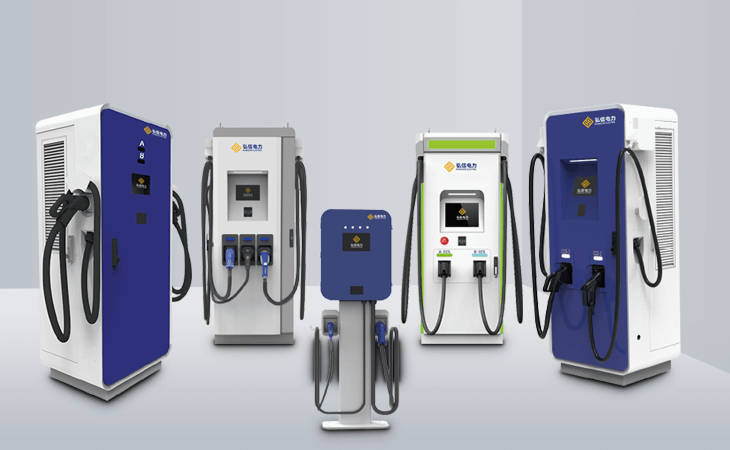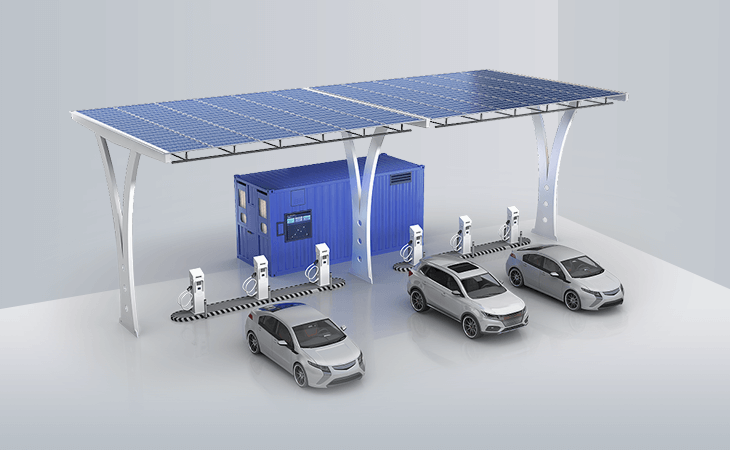Solution Introduction
The integrated photovoltaic, storage and charging system adopts a hybrid bus architecture. Photovoltaics, energy storage and charging are connected by a DC bus, the storage and charging efficiency are greatly improved compared with the traditional AC bus. The system adopts a distributed design and consists of a power cabinet, a battery cabinet and a charging terminal, which facilitates flexible deployment of charging power and energy storage capacity according to actual application scenarios. This system is widely used in charging scenarios where the power distribution capacity is insufficient and the peak-valley price difference is large, bringing customers the value of dynamic capacity increase and peak-valley arbitrage.




